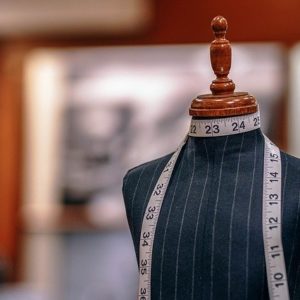Imagine the situation when you are setting up a sewing line for your new style and you find out the delivery schedule is tight and some important trim has still not arrived in your trim store and you need to delay the setup. This becomes an unforgettable nightmare for you and makes you lose your sleep because you may end up delaying the shipment thus incurring add-on costs on the style eating into the profit margin.
There is a saying, well begun is half done and it holds completely true when you have a style change over on a sewing floor.
I shall be explaining below how you can set a line effectively and handle the changeover thus reducing the throughput time and enabling better efficiency.
Everyone from your production team to the machine mechanic, IE, QC, line feeder should be aware of the changeover at least a week in advance and thus they should start preparing for the same beforehand rather than after exhausting all the WIP in the line.
The responsibilities for the changeover should be equally divided amongst the team members. Proactively, the production department should check for the fabric and trims availability in the fabric and trims stores respectively. A checklist should be made and if anything is found to be lacking, proper alarm should be raised beforehand. The matter should be escalated to the concerned department heads for quick resolution.
The IE should check with machine department, about all the folders, guides and any other special requirements for the style concerned and make all the required ammunition available before the start of line set up. We know the factories have spare machines. Supposedly, if a sewing line is having 30 machines, we should prepare at least 5 machines for the new style and start the line setting as soon as the first machine for the previous style is empty for work. This shall help in back to back input and thus reducing the output time for the new style.
QC should liaison with the sampling department to get first-hand information about the critical quality issues that they may have encountered while preparing the fit sample and size sets. By doing so, the QC and quality department can proactively help the production and IE teams to set the line accordingly without compromising on the quality aspect which is of utmost importance to any product.
Moreover, one should identify the right skill set amongst the sewing operators for a required operation and deploy the same for the requisite operation in the new line. Also, if we come to know if any operator is going on planned leave during the line setting or within a week of line setting, we should not deploy him or her on any critical operation, which may hamper the line in the longer run.
Generally, we have progressive Bundle system and ideally the bundle sizes vary from 15 to 20 pieces. What should be more ideal, that we have the first 5 or 10 bundles of five pieces each. This shall enable in setting the line swiftly and thus any quality issues can also be easily identified without much of pieces getting damaged.
Having said that, I would like to emphasize that what I have written above is from my prior experience and I have seen the throughput time of a 42 machine with 10 helpers coming down to one day from three days in the past. Last but not the least, all the members responsible for the new line set up should take responsibility instead of passing the buck and work as a team.
About Author: – Prateek is an apparel production professional from NIFT, India and has over 9 years of experience in Industrial Engineering, production and has worked with leading apparel exporter in the past. Currently, he is involved with a US-based retailer and helps them with strategic costing.








Thanks for sharing, Great Content